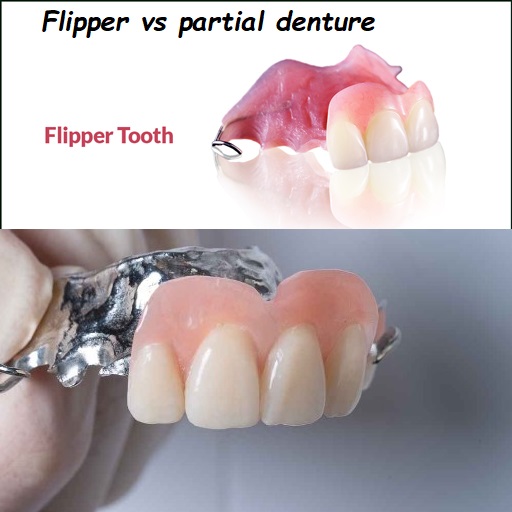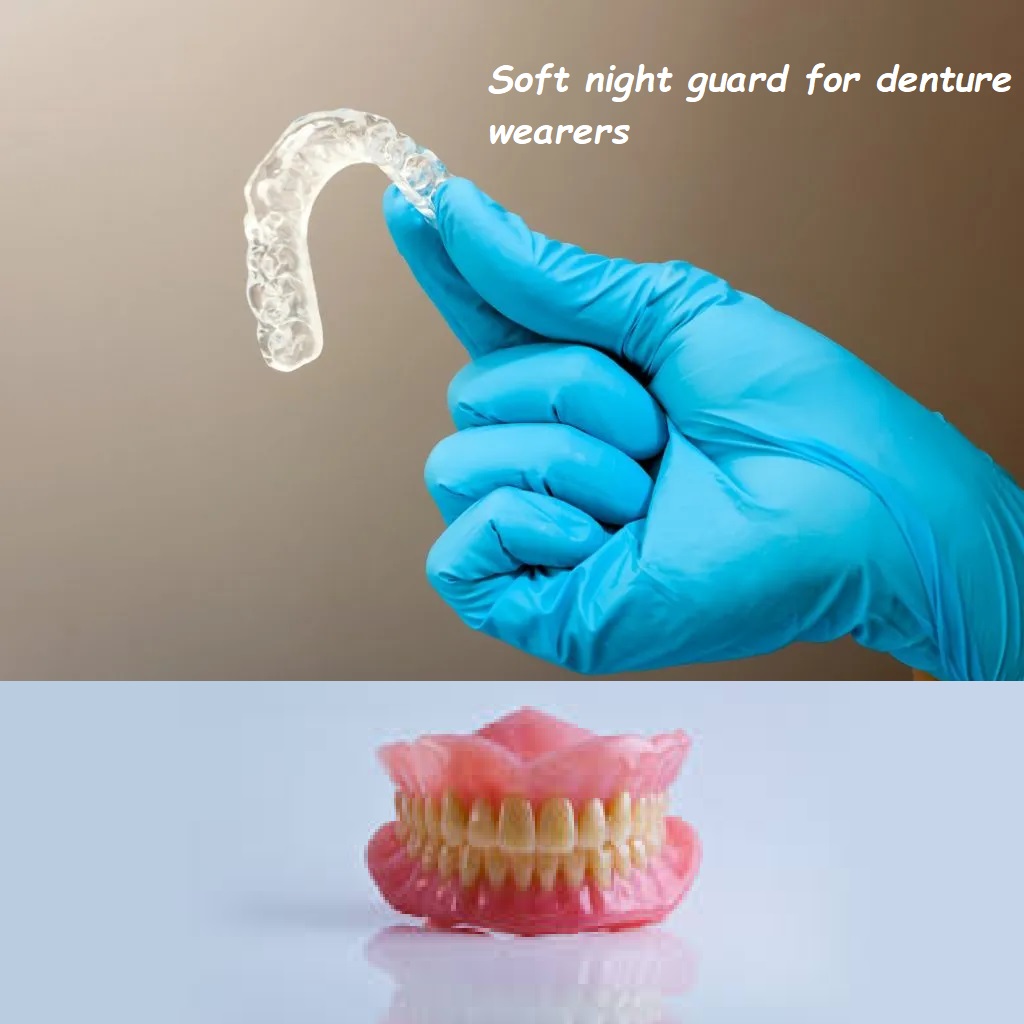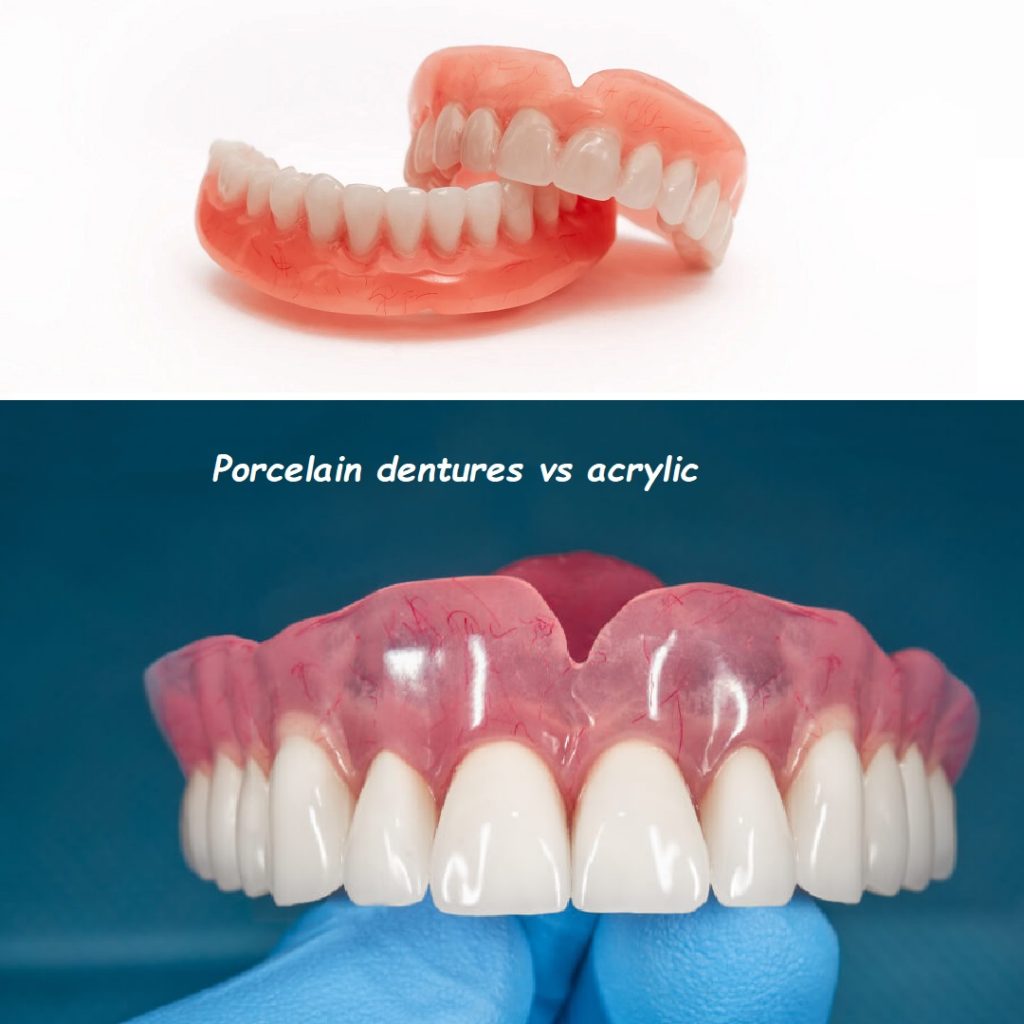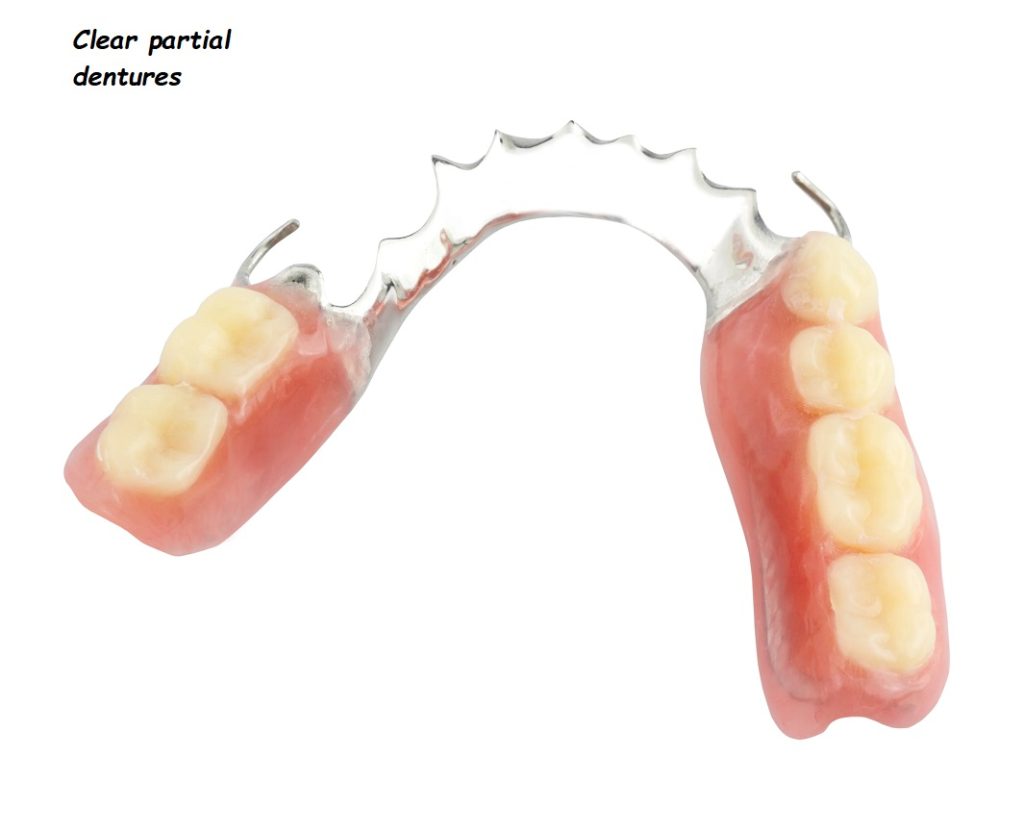Flipper vs partial denture

Flipper vs Partial Denture: Understanding the Differences and Making the Right Choice
Introduction:
When it comes to replacing missing teeth, two popular options often come up: flippers and partial dentures. But which one is right for you? Whether you’re missing one tooth or several, understanding the differences between a flipper and a partial denture can help you make an informed decision that suits your needs and lifestyle.
In this article, we’ll explore everything you need to know about flippers and partial dentures—what they are, their pros and cons, how they compare, and how to choose the best option for your dental health.
What Is a Flipper?
A flipper, also known as a removable partial denture, is a temporary dental appliance designed to fill the gap left by a missing tooth or teeth. It’s often used as a short-term solution while waiting for a more permanent dental restoration, such as a dental implant or a fixed bridge.
Key Features of a Flipper:
- Lightweight: Flippers are made from lightweight acrylic, making them easy to wear.
- Removable: They can be easily removed for cleaning or while sleeping.
- Affordable: Flippers are typically less expensive than other tooth replacement options.
- Quick Solution: A flipper can be made relatively quickly, providing a fast fix for missing teeth.
How Flippers Are Made:
Flippers are custom-made to fit your mouth. The process usually involves taking an impression of your teeth, which is then used to create the flipper. The tooth (or teeth) on the flipper is made to match the color of your natural teeth, helping it blend in with your smile.
What Is a Partial Denture?
A partial denture is a dental appliance used to replace one or more missing teeth in a single arch. Unlike flippers, partial dentures are typically more durable and are designed for longer-term use. They can be either removable or fixed, depending on the type and your specific needs.
Key Features of Partial Dentures:
- Sturdy Construction: Partial dentures are usually made from a combination of acrylic and metal, making them more durable than flippers.
- Removable or Fixed: Partial dentures can be removable for easy cleaning, or they can be fixed in place using dental implants or attachments.
- Improved Functionality: Partial dentures are designed to restore more of the natural function of your teeth, making it easier to chew and speak.
- Custom Fit: Like flippers, partial dentures are custom-made to fit your mouth and match your natural teeth.
How Partial Dentures Are Made:
The process of making partial dentures involves several steps. First, your dentist will take an impression of your mouth. This impression is used to create a model of your mouth, which serves as the basis for the denture. Depending on whether the denture is removable or fixed, additional steps such as placing implants may be involved.
Flipper vs Partial Denture: Comparing the Two
Now that we’ve defined what flippers and partial dentures are, let’s compare them directly. Understanding the differences between these two options can help you choose the one that best fits your needs.
1. Purpose and Duration:
- Flipper: Flippers are generally used as a temporary solution. They’re ideal for situations where you need a quick fix for missing teeth while waiting for a more permanent solution like an implant.
- Partial Denture: Partial dentures, on the other hand, are designed for long-term use. They provide a more durable and functional solution for missing teeth.
2. Comfort and Fit:
- Flipper: While flippers are lightweight and easy to wear, they may not be as comfortable or secure as partial dentures. Because they are made from acrylic, they can sometimes feel bulky.
- Partial Denture: Partial dentures are typically more comfortable, as they are made to fit more securely in the mouth. They also restore more of the natural function of your teeth, making them a better option for eating and speaking.
3. Aesthetics:
- Flipper: Flippers are designed to look natural and blend in with your existing teeth, but they may not be as aesthetically pleasing as partial dentures, especially over time as wear and tear occurs.
- Partial Denture: Partial dentures tend to look more natural and are less likely to shift or move, maintaining a more consistent appearance.
4. Cost:
- Flipper: Flippers are generally less expensive than partial dentures, making them an affordable option for temporary tooth replacement.
- Partial Denture: Partial dentures are more costly due to their durability, materials used, and the more complex process involved in making them.
5. Maintenance:
- Flipper: Flippers are easy to clean, but they are also more prone to damage, so they require careful handling.
- Partial Denture: Partial dentures, whether removable or fixed, require regular cleaning and maintenance. Removable partials should be cleaned daily, while fixed partials need regular check-ups to ensure the attachments are secure.
6. Longevity:
- Flipper: Since flippers are meant to be a temporary solution, they are not as durable as partial dentures. With good care, a flipper can last a few months to a year.
- Partial Denture: Partial dentures are built to last for several years, though they may need adjustments over time as your mouth changes.
Advantages of Flippers
Let’s take a closer look at the specific advantages that flippers offer:
1. Quick Solution: Flippers are ideal for those who need an immediate tooth replacement, such as after a tooth extraction. They can be made quickly, often within a day or two.
2. Cost-Effective: Flippers are a budget-friendly option, making them accessible to many people who need a temporary solution.
3. Aesthetic Appeal: Even though they are temporary, flippers are designed to look natural and can help maintain your appearance while you wait for a permanent solution.
4. Easy to Use: Flippers are removable, which makes them easy to clean and maintain. This can be particularly beneficial for those who are looking for a simple, straightforward option.
Advantages of Partial Dentures
Now, let’s explore the benefits of partial dentures:
1. Durability: Partial dentures are made from stronger materials, which means they are built to last. This makes them a better long-term investment compared to flippers.
2. Better Functionality: Partial dentures restore more of the natural function of your teeth, allowing you to chew, speak, and smile with greater confidence.
3. Secure Fit: Whether removable or fixed, partial dentures are designed to fit securely in your mouth, reducing the risk of slipping or movement.
4. Customization: Partial dentures are highly customizable, allowing them to be tailored to your specific needs. This includes matching the color and shape of your natural teeth for a seamless look.
How to Choose Between a Flipper and a Partial Denture
Choosing between a flipper and a partial denture depends on several factors, including your budget, the number of missing teeth, and your long-term dental goals. Here are some considerations to help guide your decision:
1. Consider the Duration of Use:
- If you’re looking for a temporary solution while waiting for a more permanent option like a dental implant, a flipper might be the best choice.
- If you need a long-term solution that will last several years, a partial denture is likely a better investment.
2. Evaluate Your Budget:
- Flippers are more affordable upfront, making them a good option if cost is a significant concern.
- While partial dentures are more expensive, they offer better functionality and durability, which might be more cost-effective in the long run.
3. Think About Comfort and Functionality:
- If comfort and the ability to eat and speak naturally are top priorities for you, a partial denture will likely provide a better experience.
- If you need something lightweight and easy to use in the short term, a flipper could be the right fit.
4. Assess Your Aesthetic Needs:
- For a temporary solution that still looks good, a flipper can serve you well.
- If you want something that looks more natural and won’t shift over time, a partial denture is the way to go.
Real-Life Scenarios: Flipper vs Partial Denture
Sometimes, hearing about real-life experiences can help you relate better to the options available. Here are a couple of scenarios where people had to choose between a flipper and a partial denture:
Scenario 1: Sarah’s Immediate Need
Sarah recently had a tooth extraction and was waiting for her dental implant. She needed a quick and affordable solution to fill the gap and maintain her smile. Her dentist recommended a flipper as a temporary option. Sarah found the flipper to be a convenient and cost-effective solution, providing her with the confidence to smile and speak naturally while she waited for her implant.
Scenario 2: John’s Long-Term Solution
John had been missing several teeth for years and was tired of feeling self-conscious about his smile. After consulting with his dentist, John decided that a partial denture was the best long-term solution. Although it was more expensive than a flipper, the partial denture restored his ability to chew comfortably and speak clearly. He was pleased with the secure fit and natural appearance, making it worth the investment.
Common Questions About Flippers and Partial Dentures
1. Can I sleep with a flipper or partial denture in my mouth?
It’s generally recommended to remove both flippers and partial dentures while sleeping to give your gums a rest and reduce the risk of irritation or infection.
2. How long does it take to get used to wearing a flipper or partial denture?
It can take a few days to a couple of weeks to get used to wearing either a flipper or a partial denture. During this time, your mouth will adjust, and you’ll find it easier to eat, speak, and clean your appliance.
3. Can I eat normally with a flipper or partial denture?
With a flipper, you may need to avoid very hard or sticky foods as it’s more delicate. A partial denture, especially a fixed one, allows for more normal eating habits, but it’s still a good idea to be cautious with certain foods.
4. How do I clean my flipper or partial denture?
Both flippers and partial dentures should be cleaned daily. Use a soft-bristle toothbrush and mild soap or denture cleaner. Avoid using hot water, as it can warp the appliance.
5. Can I get a flipper or partial denture for just one missing tooth?
Yes, both flippers and partial dentures can be made for just one missing tooth. A flipper is often the preferred choice for a single tooth replacement, especially as a temporary solution.
The Future of Dental Appliances: What’s Next for Flippers and Partial Dentures?
As dental technology continues to advance, the options for tooth replacement are becoming more sophisticated. In the future, we can expect even more durable, comfortable, and aesthetically pleasing options for both flippers and partial dentures.
Potential Innovations:
- Improved Materials: Advances in materials could lead to more comfortable and long-lasting flippers and partial dentures.
- 3D Printing: The use of 3D printing in dentistry is already making waves, allowing for faster production and more precise fitting of dental appliances.
- Digital Impressions: Digital impressions are becoming more common, providing a quicker, more comfortable, and accurate way to create flippers and partial dentures.
Conclusion: Making Your Decision
Choosing between a flipper and a partial denture is a significant decision that can impact your oral health, comfort, and confidence. By understanding the differences between these two options, you can make an informed choice that aligns with your needs and goals.
If you’re looking for a temporary, cost-effective solution, a flipper may be the right choice for you. However, if you need a long-term, durable solution that provides better functionality, a partial denture might be the better investment.
Your Next Steps:
If you’re still unsure which option is best for you, consider scheduling a consultation with your dentist. They can provide personalized advice based on your specific situation, helping you make the best decision for your smile.
Got More Questions? Let’s Talk!
If you have more questions or need further guidance on choosing between a flipper and a partial denture, don’t hesitate to reach out. We’re here to help you every step of the way on your journey to a healthier, more confident smile!









